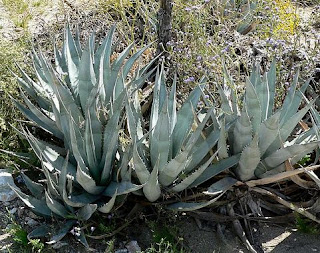California resident Brian Richmond has applied his experience as a data scientist to creating machine learning models for various organizations, most recently Aura Health. Outside of his professional work, Brian Richmond enjoys exploring the outdoors as a backpacker.
For novice backpackers, the first trip can be overwhelming if they are unfamiliar with the conditioning needed for the experience. New backpackers can improve the chances of having a fun time by knowing what to wear and what equipment to bring. Use a checklist put together by experienced backpackers, like this checklist.
A well-constructed trekking wardrobe can mean the difference between an unpleasant trip and an enjoyable one. Seasoned backpackers build their travel wardrobes around layering and having insulation against the elements. Base layers consist of socks, underwear, and long underwear for cold temperatures. Merino wool and synthetic fabric blends are effective materials. Base layers should also be moisture-wicking to counteract the effects of sweat or rain. Popular top layer clothes include stretch-woven hiking pants and long-sleeved tee shirts, which can add insulation and protect against insect bites. A variety of outerwear provides protection in the event of fast-changing weather conditions, such as lightweight puffer or fleece jackets, hats and waterproof coats. Cotton is not a recommended fabric for backpackers as it absorbs moisture fast and takes time to dry.
When it comes to equipment, new backpackers should try to pack light; trekking with a heavy backpack can quickly become exhausting. It is a good idea to test various backpacks with weights, to get used to managing the load for extensive periods. It is also helpful to remember that even the basics for a trip can add up, starting from sleeping bags to food, water and first-aid supplies. And maybe a lightweight camera or backup charger for your phone to take photos of your adventure!



